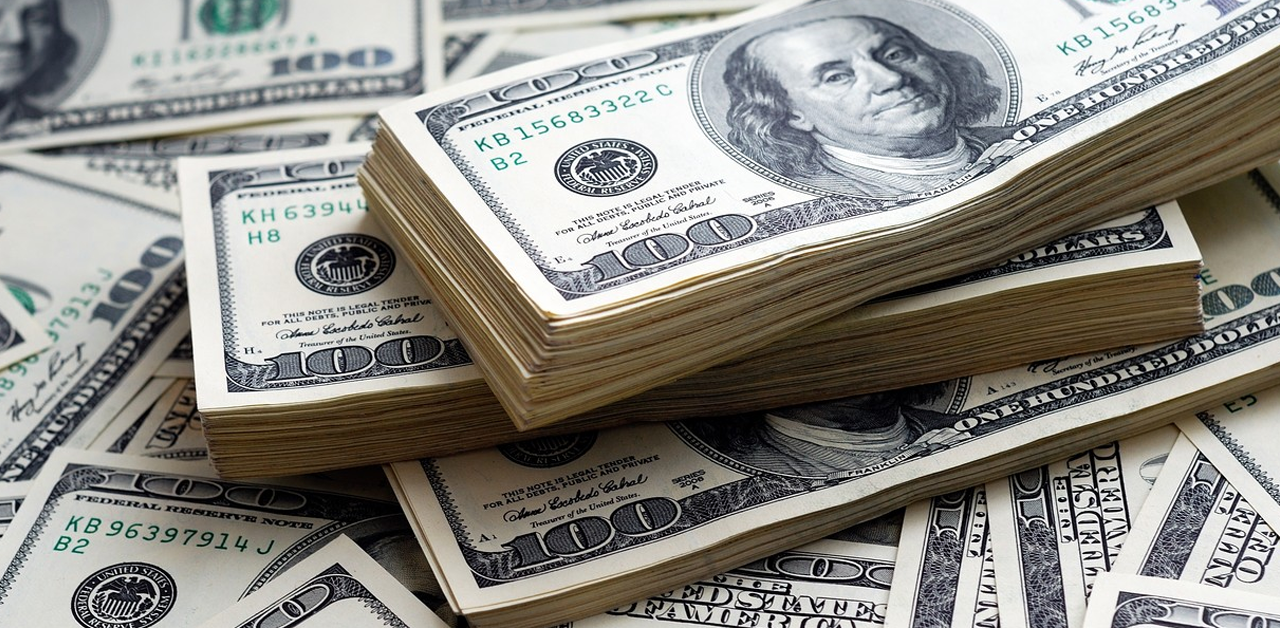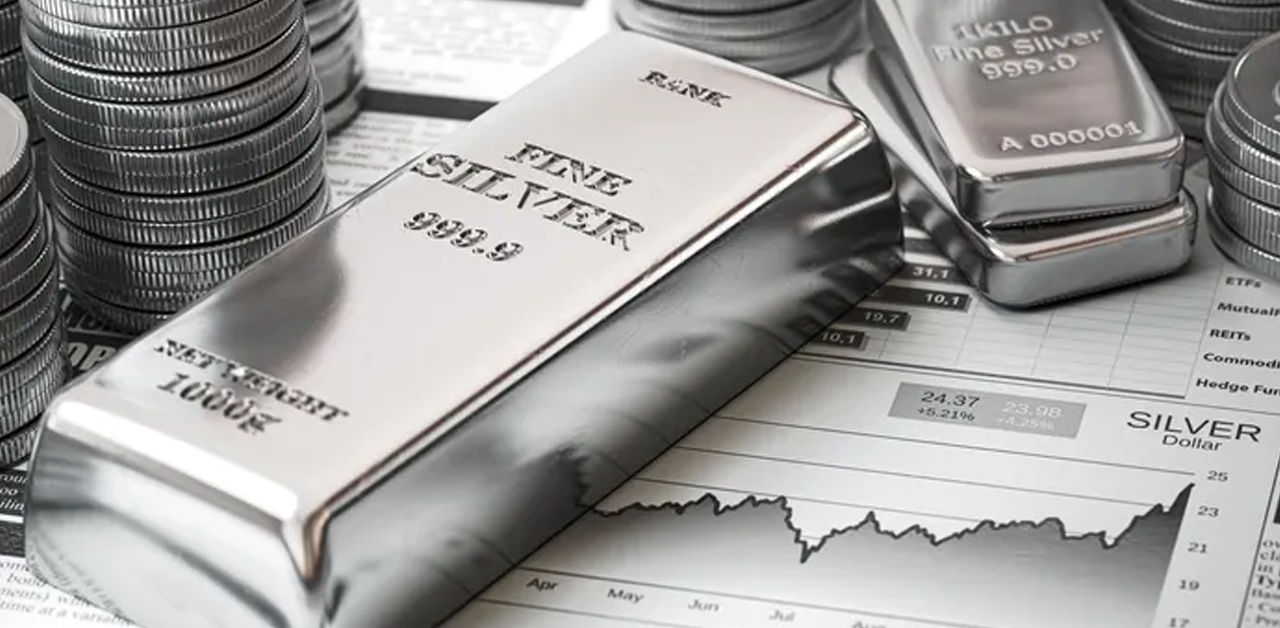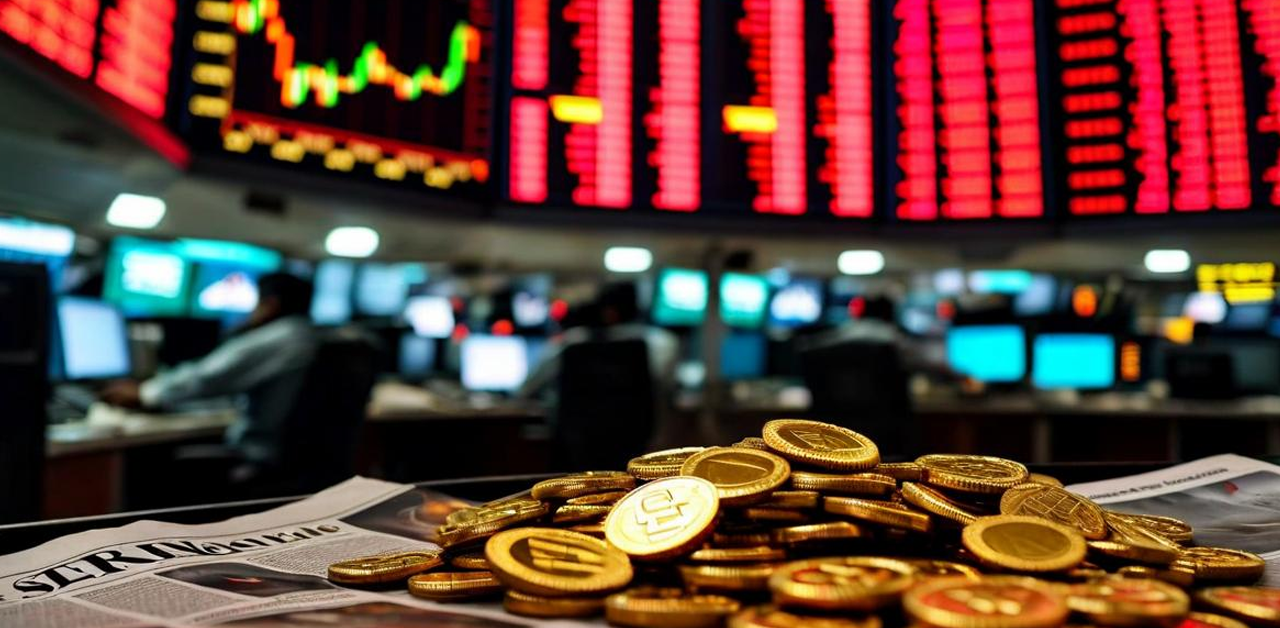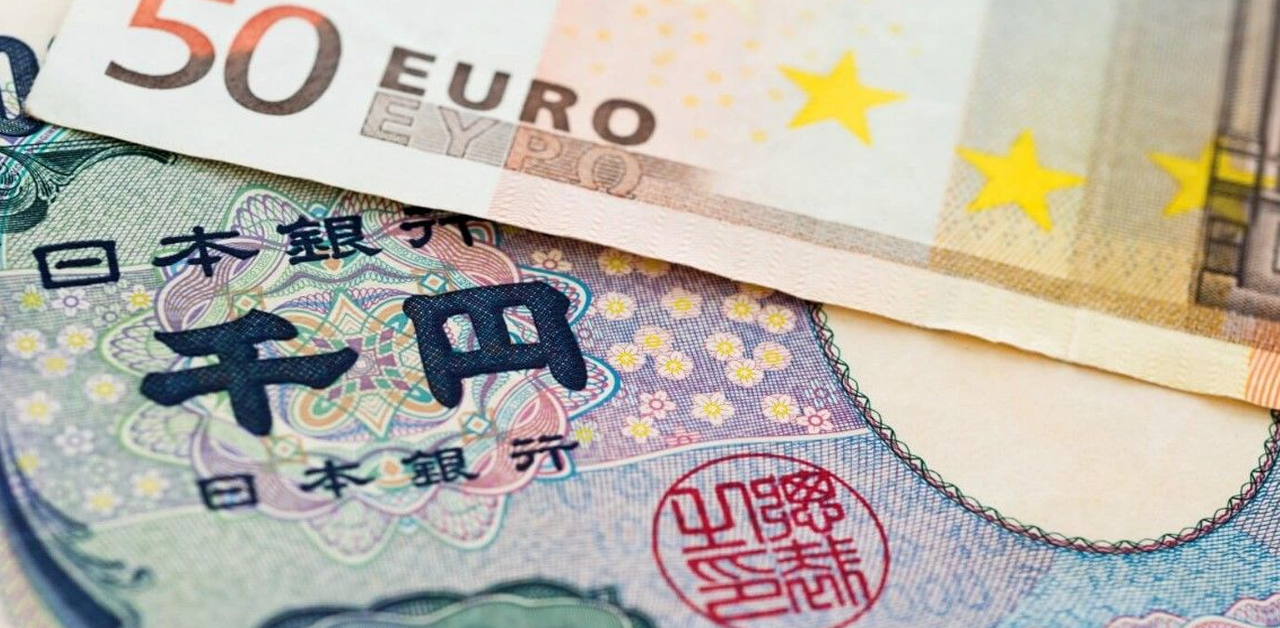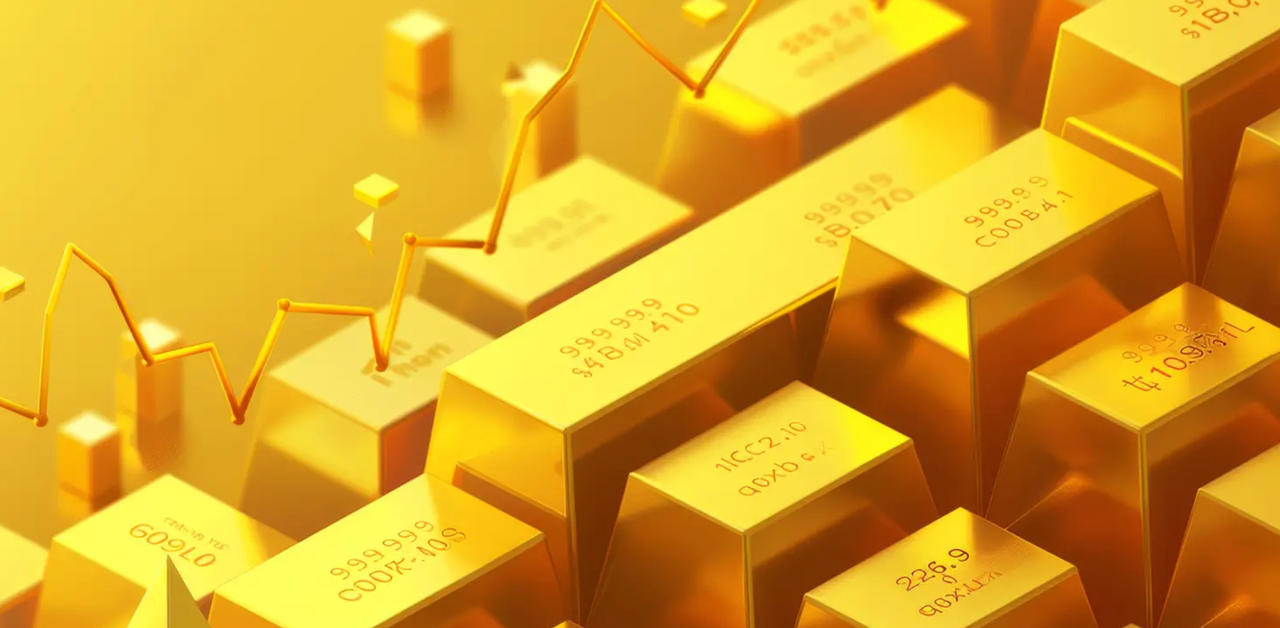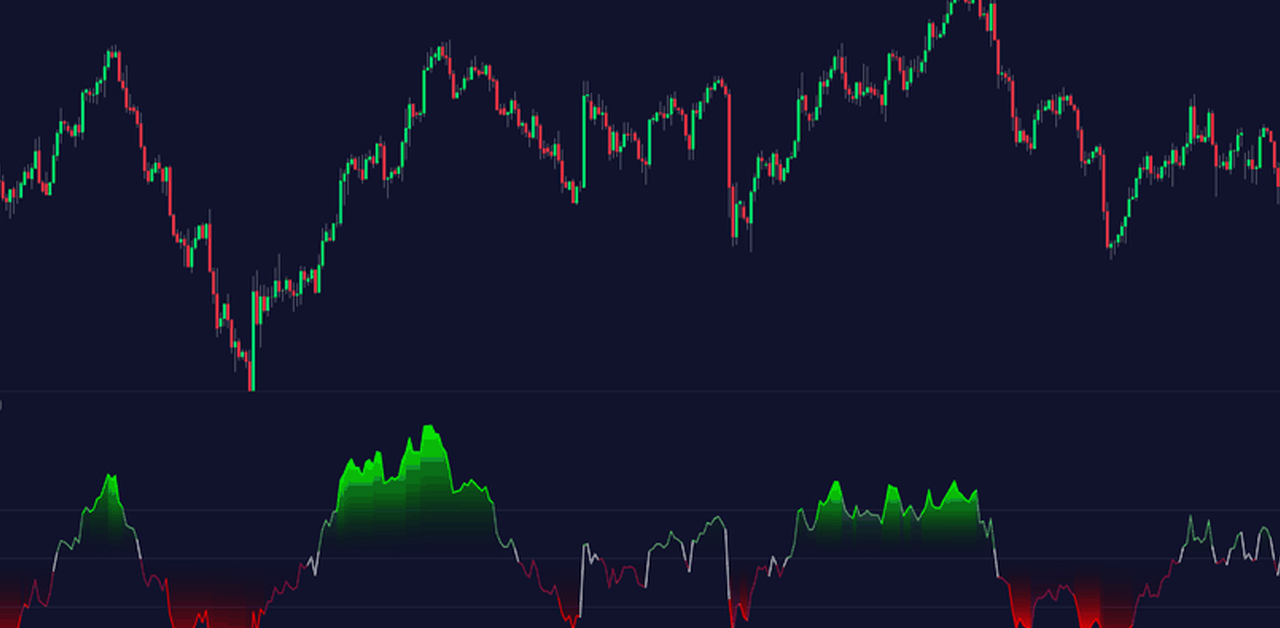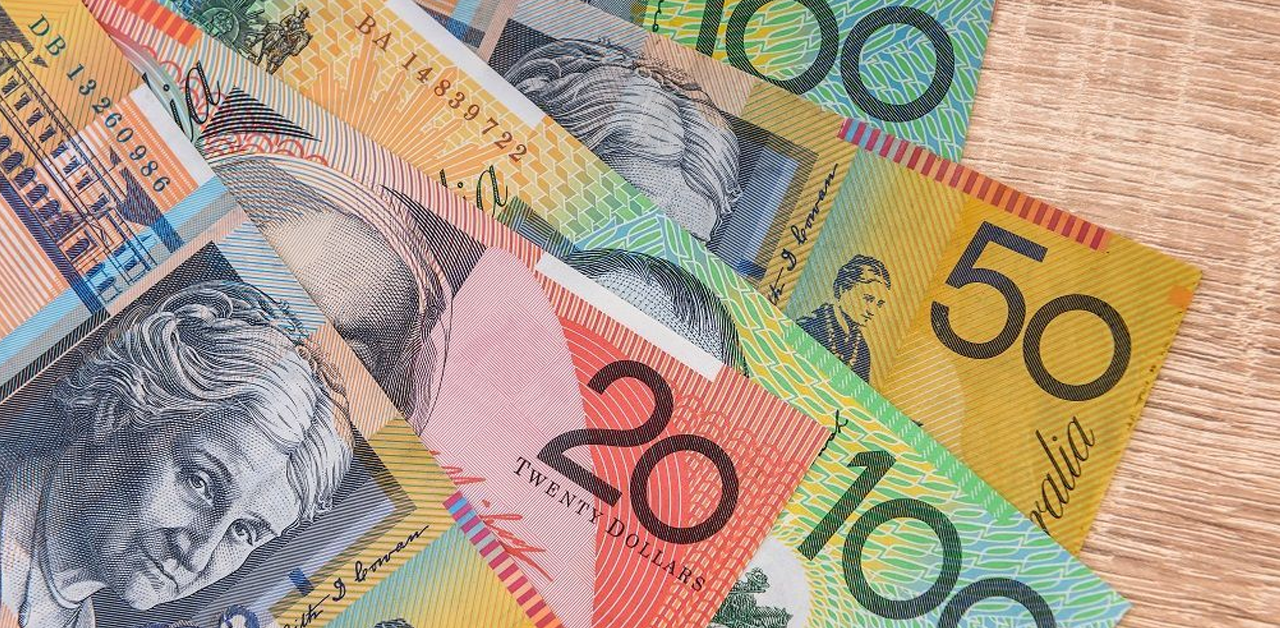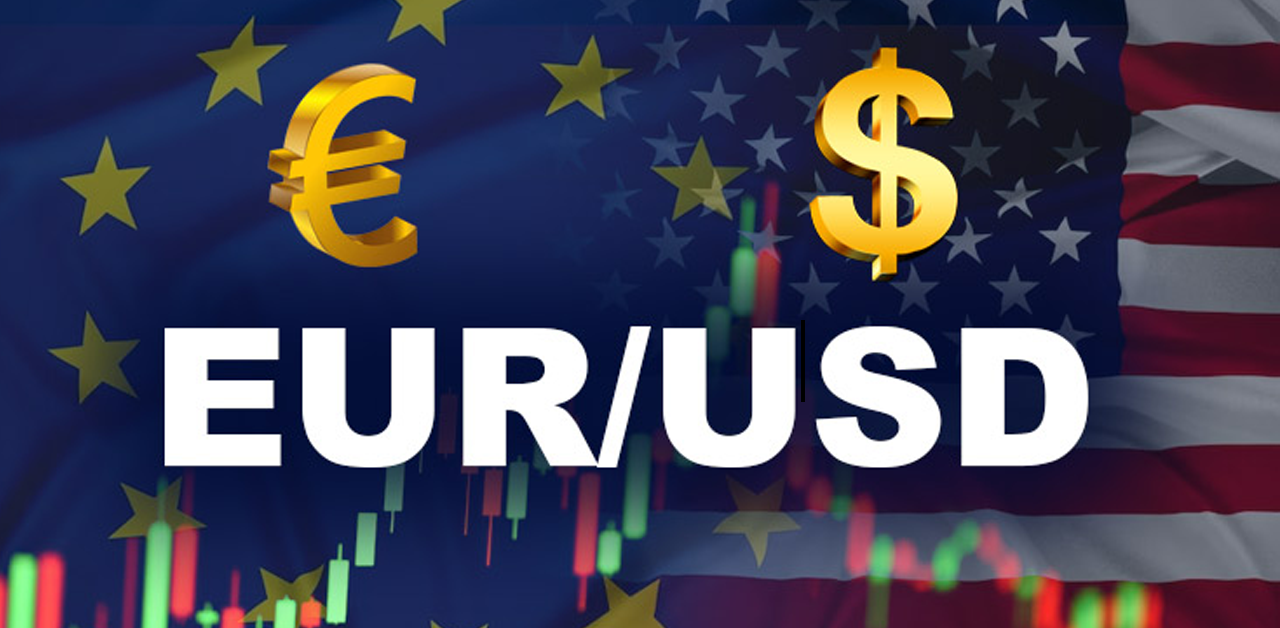Stocks fall further into a bear market ahead of major Fed comments
Most stocks on Wall Street fell in their first trading day Tuesday after plunging into a bear market on fears that soaring inflation may force central banks to slam the brakes on the economy too forcefully. The S&P 500 index slid 14.15 points, or 0.4 percent, to 3,735.48 as investors awaited the Federal Reserve’s decision on interest rate hikes on Wednesday. After a couple of prominent corporations displayed financial fortitude with stronger profits and dividends to shareholders, it swung back and forth between losses and gains throughout the day.
The Dow Jones Industrial Average dropped 151.91 points to 30,364.83, or 0.5 percent. After bouncing between a loss of 0.7 percent and a gain of 1.1 percent, the NASDAQ composite increased 19.12, or 0.2 percent, to 10,828.35. Despite the swings, trading was calmer than it had been during Monday’s global sell-off, which drove the S&P 500 down 3.9 percent. In Tokyo and Paris, stocks sank more than 1%, but increased by the same amount in Shanghai. Even as Treasury yields rose to their highest levels in more than a decade, investors on Wall Street appeared to be less anxious.
“No one is going to take major positions today,” said Katie Nixon, chief investment officer at Northern Trust Wealth Management, “before of what could be a rip-roaring day” with the Fed’s decision. The price of cryptocurrencies continued to fluctuate. They’ve been among the hardest affected in this year’s market sell-off, as the Federal Reserve and other central banks boost interest rates to combat inflation and forcefully turn off the “easy mode” that has kept markets afloat for years. According to CoinDesk, Bitcoin was down over 5% in afternoon trading and was trading at $22,201. It had already dropped over 70% from its all-time high of $68,990.90 achieved late last year.
However, economists believe the data will not prevent the Federal Reserve from raising its benchmark interest rate by a larger-than-usual amount on Wednesday. Investors are now anticipating the largest increase since 1994, a three-quarters of a percentage point increase, or three times the typical amount. Only a week ago, such a massive gain was considered a remote prospect, if at all. However, a market-beating report on consumer inflation on Friday appears to have forced the Fed into acting more aggressively. It showed that, instead of declining as expected, consumer price inflation worsened in May.
A major rate hike, Nixon added, “is really a split judgement in terms of the market as to whether it will be a good thing or a terrible thing.” “It certainly paves the way for more significant hikes in the future.” According to Tradeweb, Treasury yields continued to rise, with the two-year yield reaching its highest level since November 2007, before the financial crisis. During the day, the 10-year yield hit its highest level since April 2011. They also had a relatively dependable recession warning indicator blinking on and off in the bond market. The 10-year Treasury yield has risen above the two-year yield in afternoon trading, at 3.47 percent vs 3.41 percent. In the bond market, things usually look like this.
Some investors see the unique situation in which the two-year yield exceeds the 10-year yield as a sign that a recession is on the way in the next year or two. It’s known as a “inverted yield curve,” and it appeared briefly earlier today. Oracle stock rose 10.4% on Wall Street after the company reported better revenue and earnings for the most recent quarter than experts predicted. FedEx’s stock rose 14.4% after the company increased its dividend distribution by more than 50%. It was the first day of trading for US stocks since the S&P 500 finished Monday at a 21.8 percent loss from its early-year high. This put it in a bear market, which is defined as a decrease of 20% or more in value.
The Federal Reserve’s aim to contain inflation by raising interest rates is at the heart of the sell-off. The Fed is scrambling to bring prices under control, and one of its key tools is to raise interest rates. However, this is a harsh tool that could slow the economy too much and lead to a recession. “The attention on this week’s Fed decision is driving the true calm in today’s market,” said Greg Bassuk, CEO of AXS Investments. “Today’s calm is either the calm before the storm or the calm that will hopefully last for a long time.” Other central banks around the world have started raising rates as well, notably the Bank of England, and the European Central Bank has suggested it will do so next month.
Oil and food costs are skyrocketing as a result of the Ukraine conflict, driving inflation and sapping consumer spending, particularly in Europe. Meanwhile, COVID infections in China have prompted some harsh, business-slowing regulations that threaten to stifle the world’s second-largest economy and exacerbate clogged supply chains. The move toward higher rates has reversed the market’s extraordinary gain, which was fueled by significant central bank support after the pandemic struck in early 2020. From late March 2020 to the climax in January, the S&P 500 more than doubled. According to S&P Dow Jones Indices, it was the shortest bull market on record, dating back to 1929, and it followed the shortest bear market on record.
Investors are less inclined to pay high prices for hazardous assets when interest rates are higher. As a result, some of the biggest stars of the earlier low-rate era, such as bitcoin and high-growth technology companies, have taken the brunt of this year’s crash. In 2022, Netflix will be down by more than 70%.

